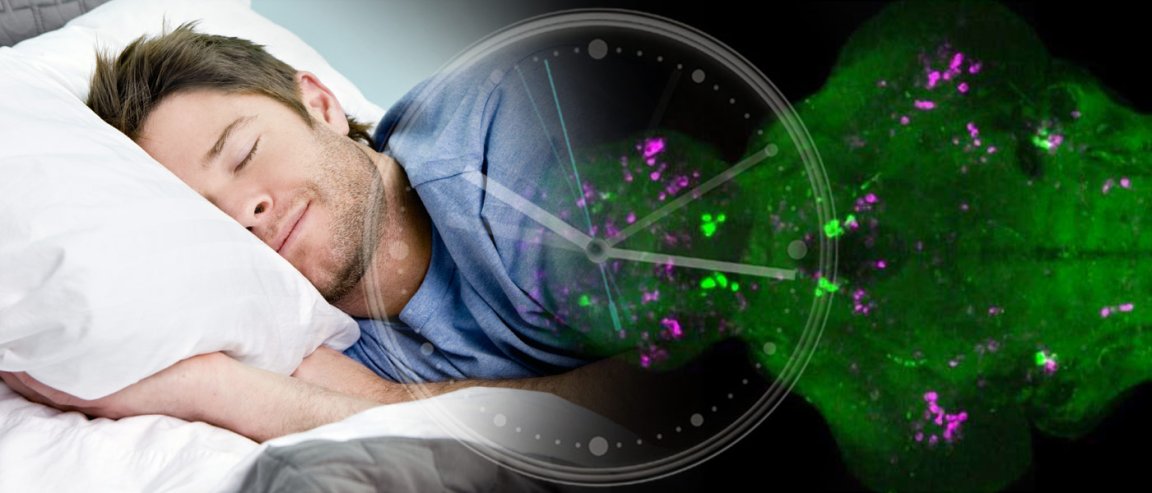
UNDERSTANDING HOW WE SLEEP
Biologists from the California Institute of Technology have identified a gene that, when overactivated, causes severe insomnia. The gene, neuromedin U (Nmu), seems to be also functioning as nature’s stimulant, with fish lacking gene taking longer to wake up and becoming less active in the morning.
Nmu may serve as a potential candidate for new therapies seeking to address sleep disorder.
In their paper published in Neuron, the team performed the first large-scale screening in a vertebrate animal for genes that regulate sleep. David Prober, who began the work back in Harvard University, says, “Sleep is a mysterious process. We spend a third of our lives doing it, and every animal with a complex nervous system seems to do it, so it must be important. But we still don’t understand why we do it or how it’s regulated.”
The large scale screening is a technique that can help pinpoint the genes responsible or related to our sleep. By mutating the DNA of thousands of animals and identifying any changes in behavior, scientists are able to determine which altered gene resulted in differing mutations.
One of the species identified that could be used in such a screening is zebrafish. Zebrafish are becoming a valuable vertebrate model system for studying sleep. Like humans, zebrafish sleep for consolidated periods of time at night. Furthermore, Prober says, “anatomical and molecular similarities between zebrafish and mammalian brains suggest that the basic neural circuits regulating sleep in zebrafish are likely conserved in mammals.”
After fertilization, while the zebrafish embryos were still single cells, the researchers injected them each with a DNA molecule, called a plasmid, that inserts a gene into the genome of some of the cells in each fish.
By using a genetic switch called a heat-shock promoter, which turns on only when the fish are heated to 37 degrees Celsius (98ºF), the biologists were able to control when the fish expressed the inserted gene. They kept the switch on long enough for the fish to overexpress each gene, making many copies of the products. Computerized video trackers then monitored the fish for several days to see which genes affected sleep.
Entering Slumberland

In the end, the most significant result came from the overexpression of Nmu, a gene that is also found in mammals and is expressed in a part of the brain called the hypothalamus. “After heat shock, the fish that overexpress Nmu are much more active both during the day and at night,” says Prober. “The fish almost don’t sleep at all the night following the heat shock–so they display a very profound form of insomnia.”
While several wake-promoting or sleep-promoting genes have been identified, scientists remain in the dark of which are relevant to sleep disorders in humans. However, Nmu gives scientists an additional gene to look into, and hopefully further research will uncover more information about what governs our sleep.